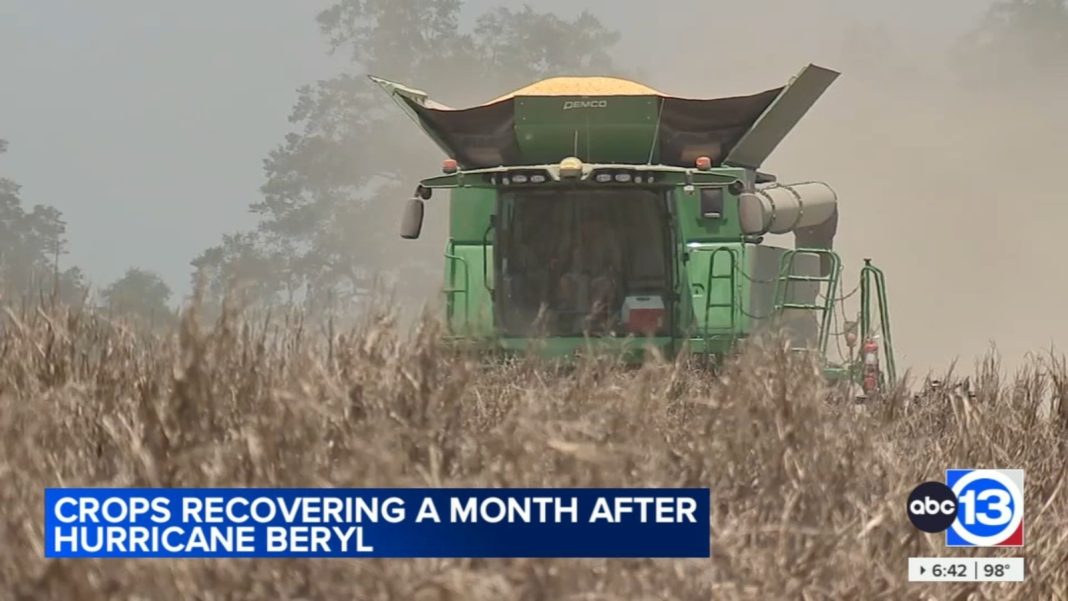 The NFL’s new Dynamic Kickoff rule made its debut during the Giants and Lions preseason opener, and it didn’t take long for things to get interesting. Lions kicker Jake Bates attempted a two-hopper kick, aiming to catch the Giants off guard. Initially, it seemed like a brilliant strategy as the ball bounced and Isaiah McKenzie was tackled at the Giants’ 2-yard line. However, Bates was penalized for a landing-zone violation. According to the new rule, the ball must be kicked between the 20-yard line and the goal line. Since it touched the ground before the 20-yard line, the Giants gained possession at the 40-yard line, resulting in a significant change in field position.
The NFL’s new Dynamic Kickoff rule made its debut during the Giants and Lions preseason opener, and it didn’t take long for things to get interesting. Lions kicker Jake Bates attempted a two-hopper kick, aiming to catch the Giants off guard. Initially, it seemed like a brilliant strategy as the ball bounced and Isaiah McKenzie was tackled at the Giants’ 2-yard line. However, Bates was penalized for a landing-zone violation. According to the new rule, the ball must be kicked between the 20-yard line and the goal line. Since it touched the ground before the 20-yard line, the Giants gained possession at the 40-yard line, resulting in a significant change in field position.
The purpose of the new rule, which was adapted from the XFL, is twofold. First, it aims to increase action on a typically dull play, as the NFL had a high rate of touchbacks last season. Secondly, it prioritizes player safety by eliminating the full-speed collisions that used to occur during kickoffs. Under the new rule, players from both teams line up five yards apart on the receiving team’s side and cannot move until the ball hits the ground or is caught. Bates’ strategy was to give his team a few extra steps downfield before the ball was possessed.
If a kickoff goes into the end zone in the air, it results in a touchback at the 30-yard line. However, if the ball bounces in the landing zone and rolls into the end zone, the touchback goes to the 20-yard line, as long as it is recovered and downed by the receiving team.
The first kickoff of the game went smoothly, with Bates’ kick being caught by McKenzie at the 3-yard line and returned for 31 yards. However, a holding penalty against the Giants’ Isaiah Hodgins negated some of the return yardage. The Giants’ first kickoff followed the new standard procedure, with the ball caught at the goal line and returned for 28 yards.
It’s worth noting that had the Giants’ returner, Isaiah Williams, allowed the ball to bounce into the end zone and roll through the back, it would have resulted in a touchback at the 30-yard line.
Overall, the introduction of the Dynamic Kickoff rule adds an element of excitement to kickoffs while prioritizing player safety. The landing-zone violation penalty serves as a reminder that even the most well-intentioned strategies can backfire if not executed within the new rule’s parameters. As the preseason progresses, teams will continue to adapt to the rule changes, and it will be interesting to see how it affects the game moving forward.


